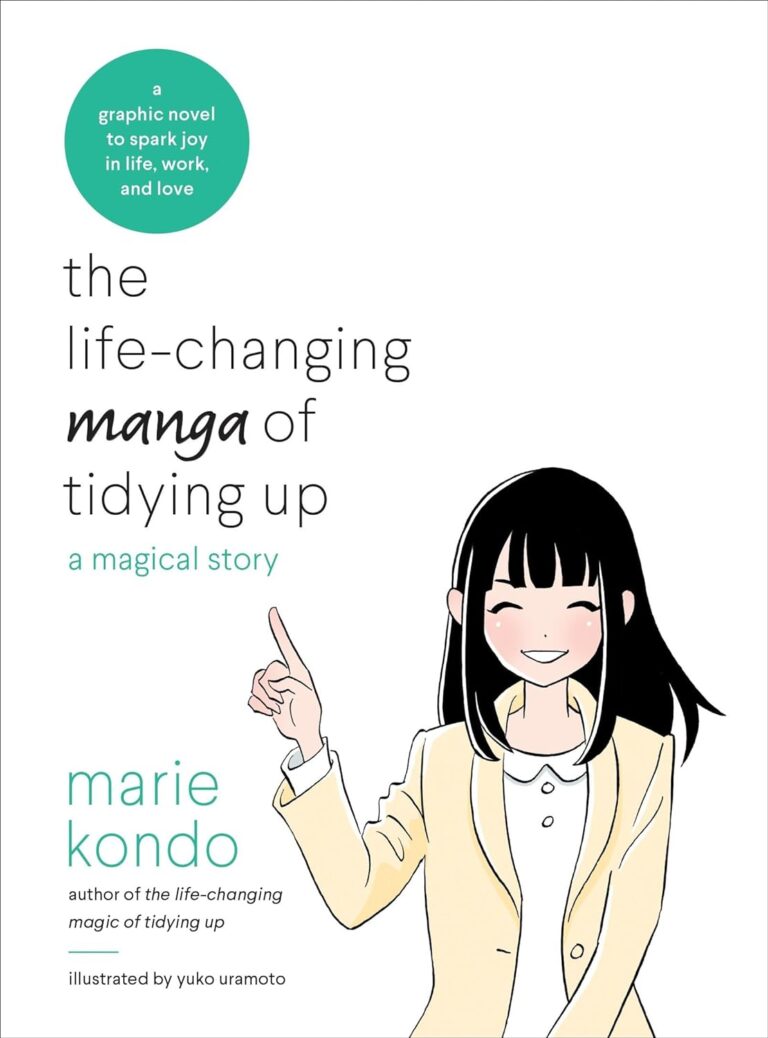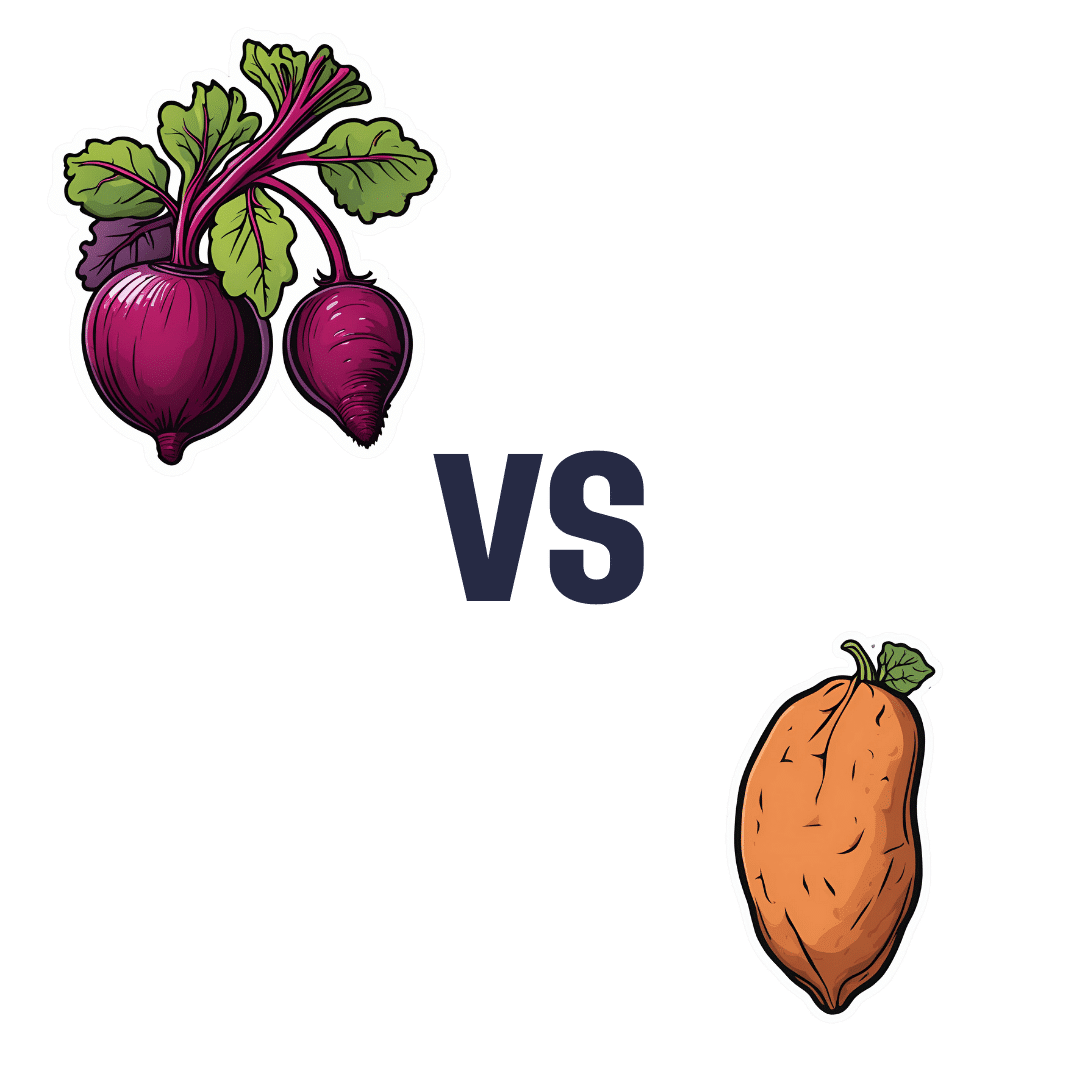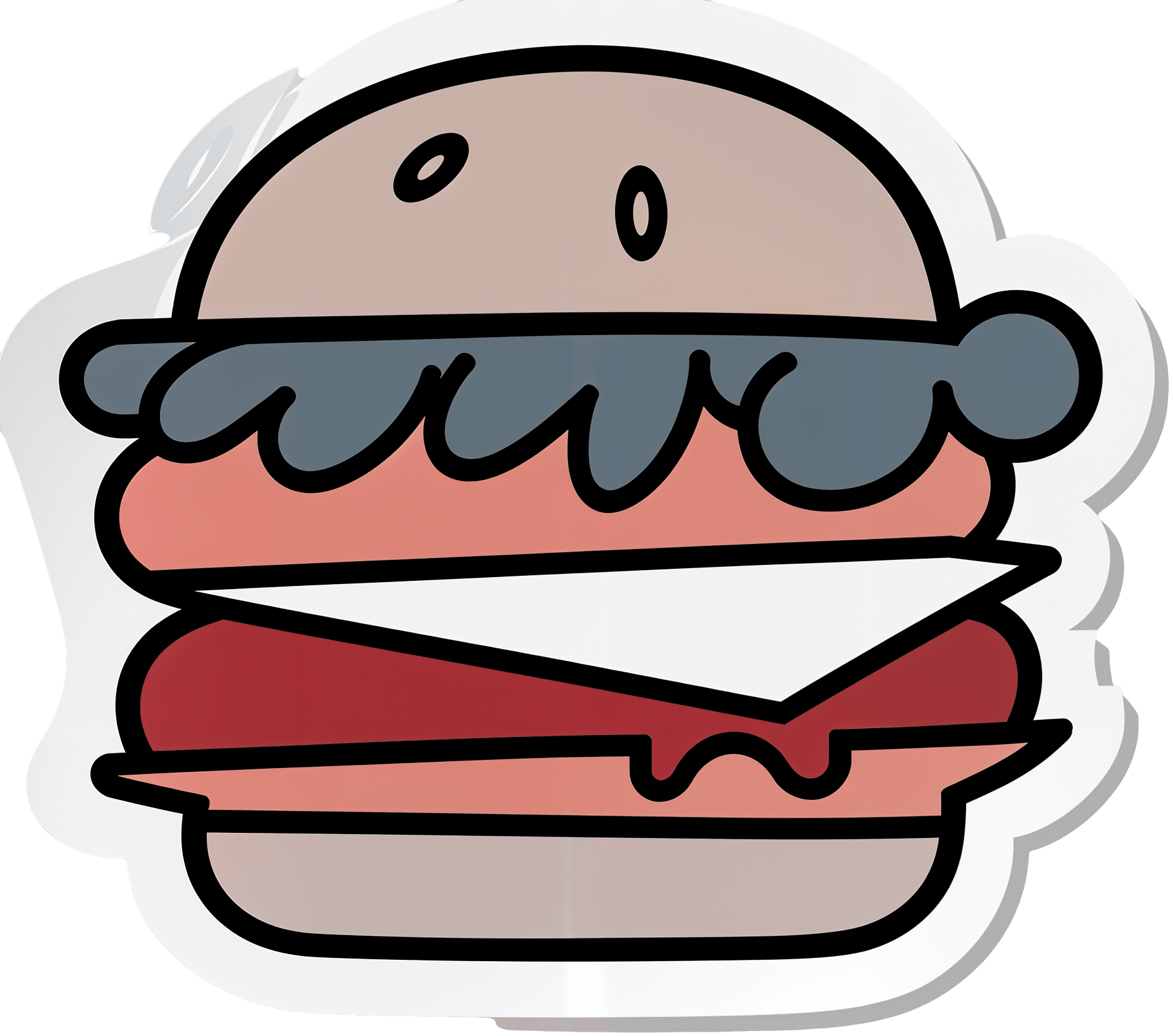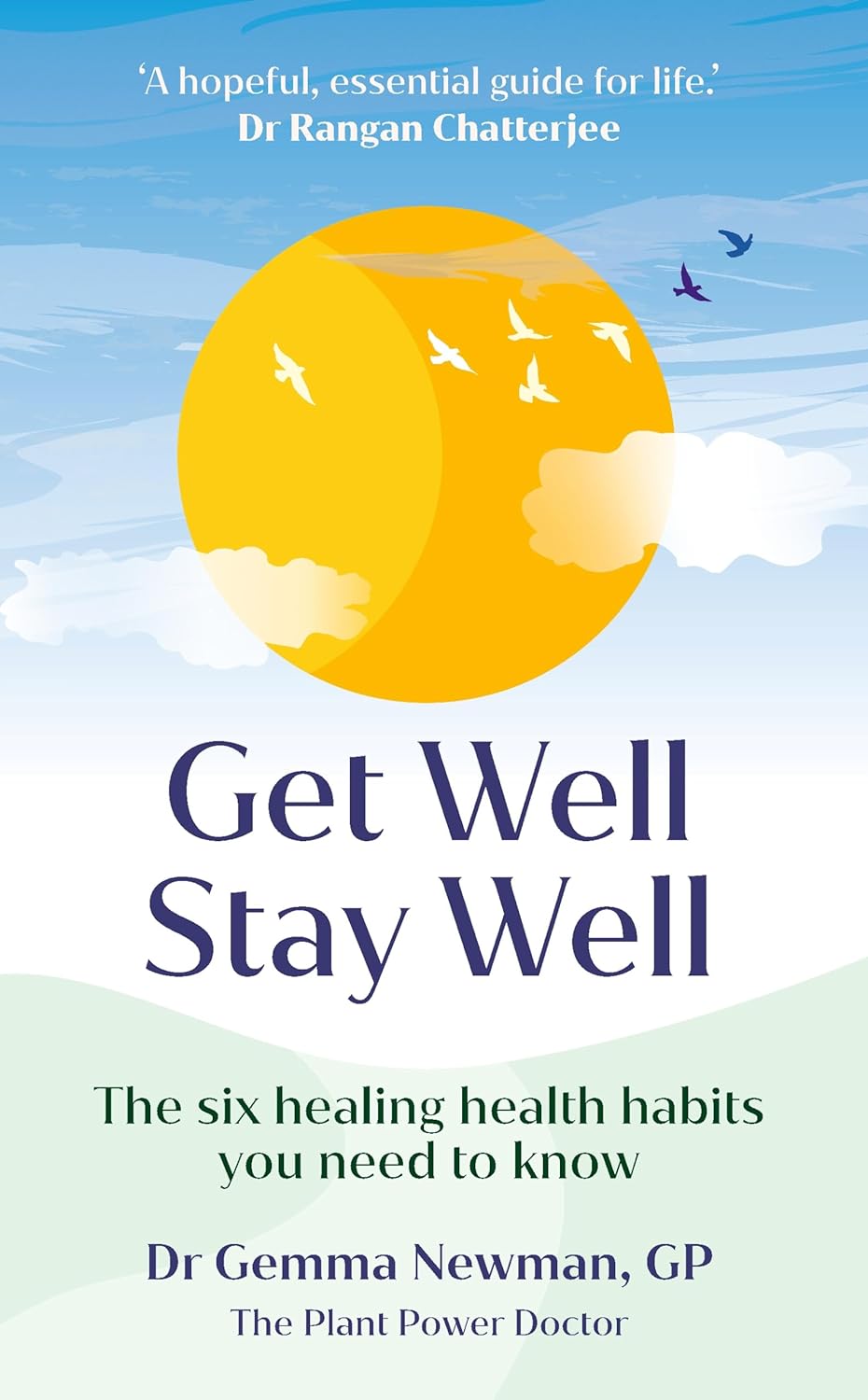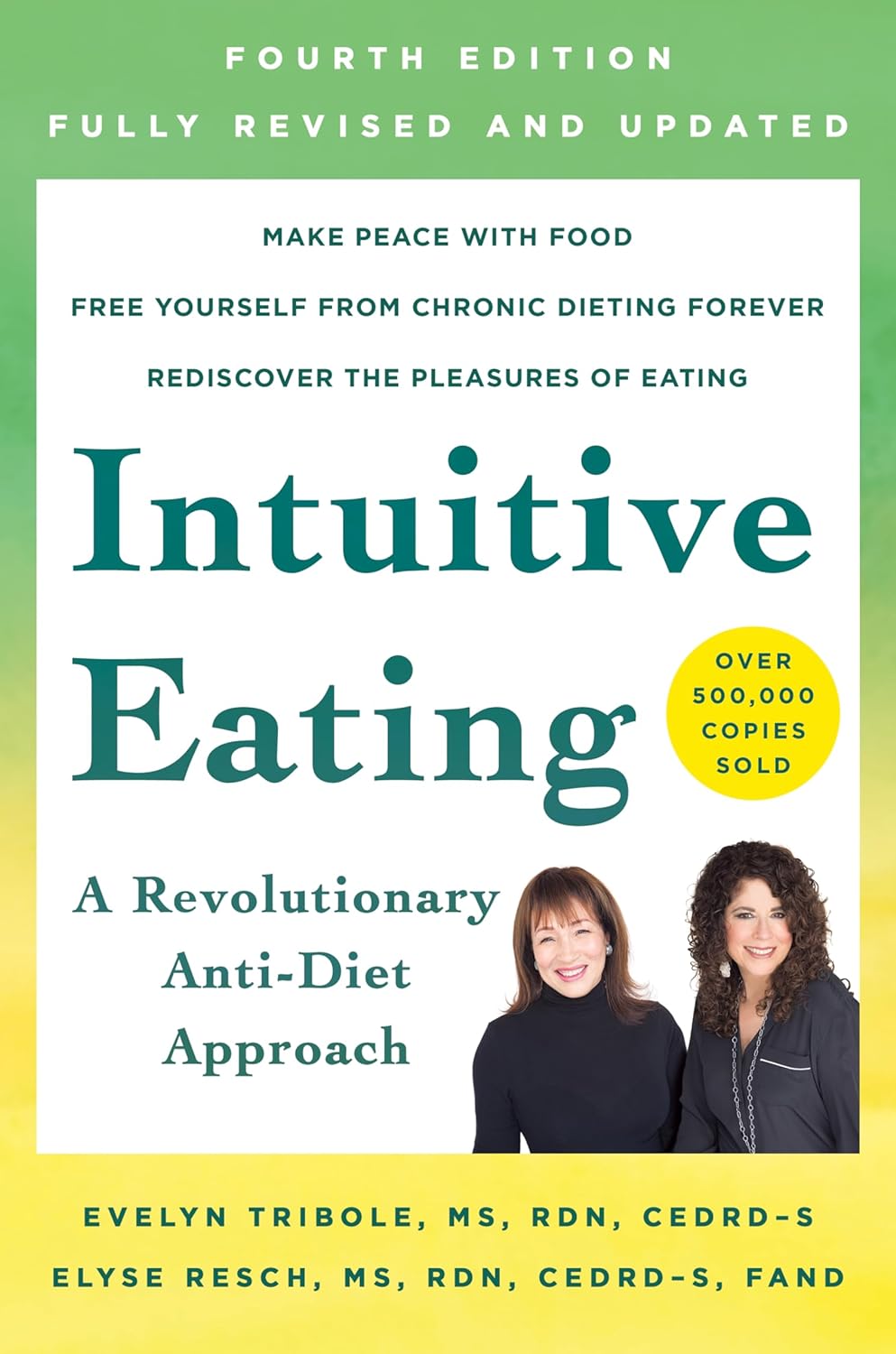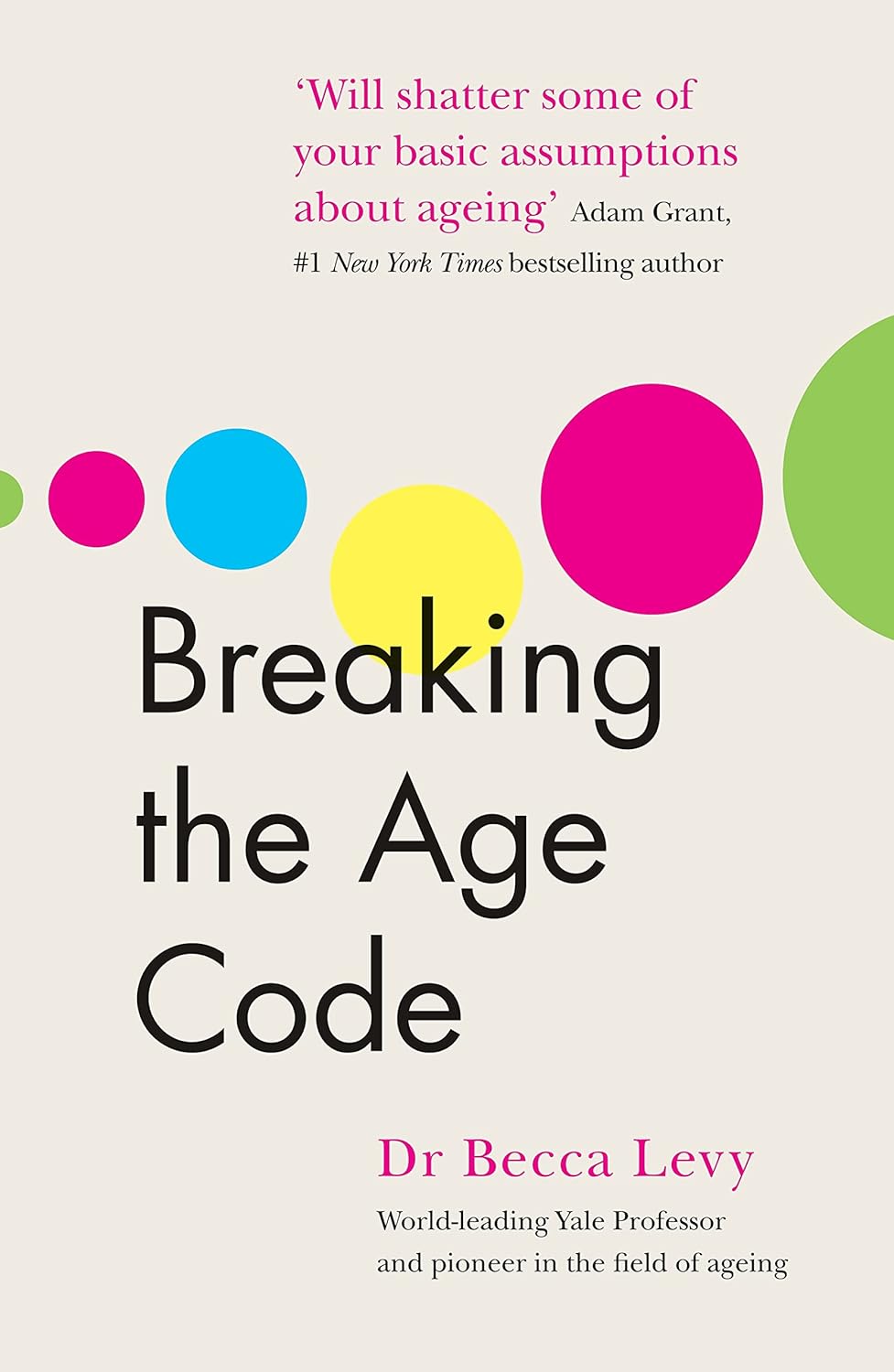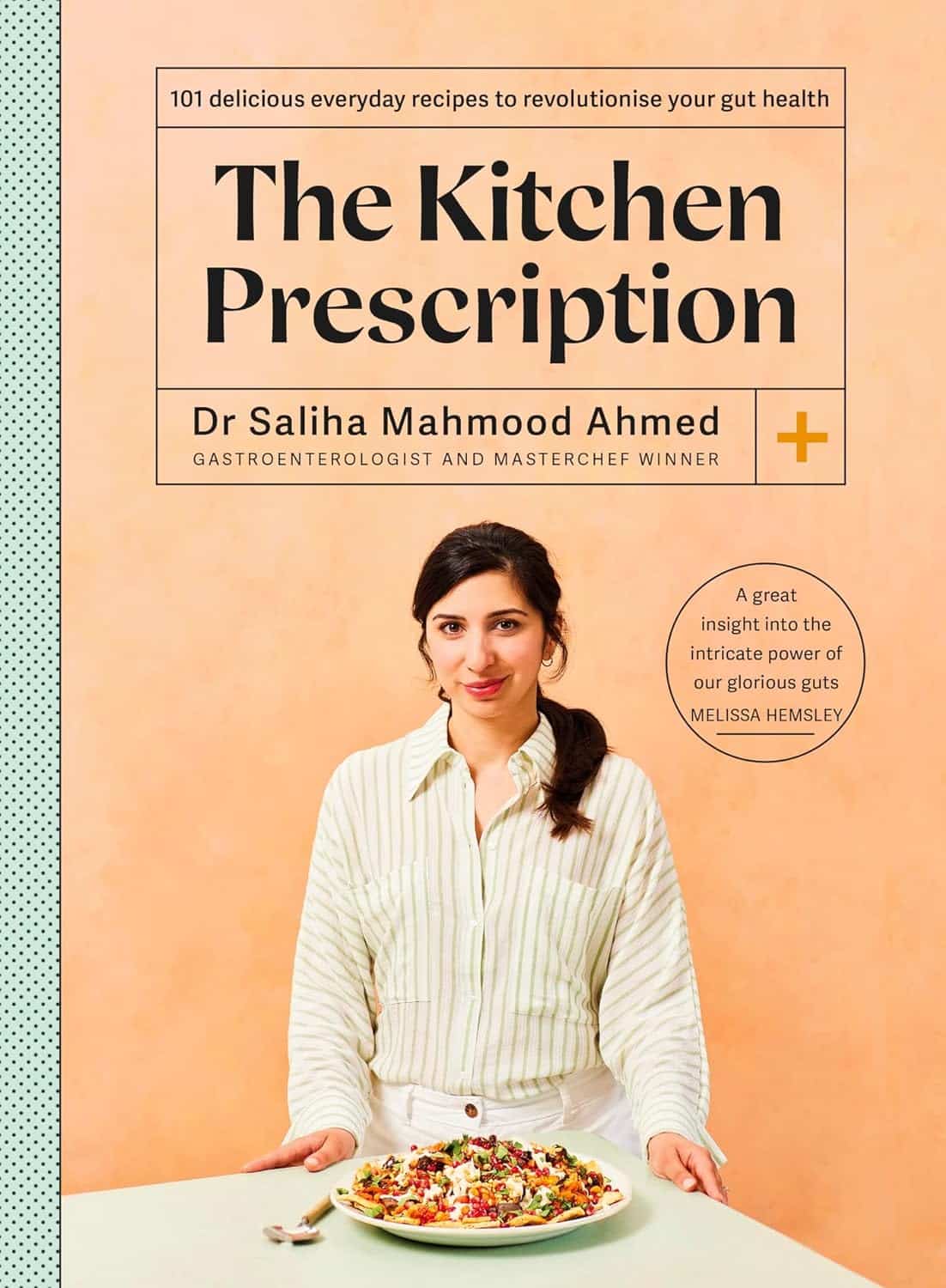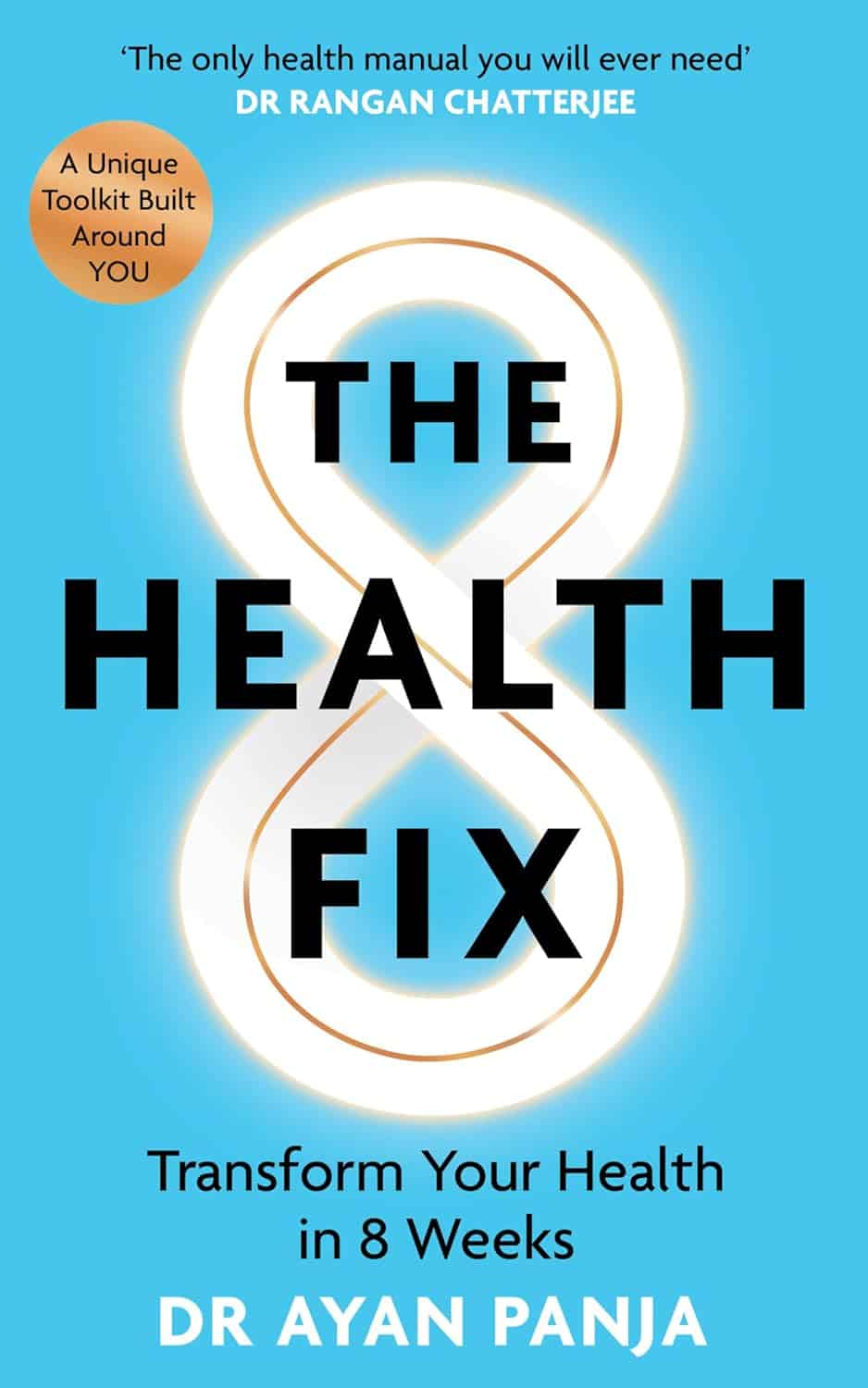
The Health Fix – by Dr. Ayan Panja
10almonds is reader-supported. We may, at no cost to you, receive a portion of sales if you purchase a product through a link in this article.
The book is divided into three main sections:
- The foundations
- The aspirations
- The fixes
The foundations are an overview of the things you’re going to need to know, about biology, behaviors, and being human.
The aspirations are research-generated common hopes, desires, dreams and goals of patients who have come to Dr. Panja for help.
The fixes are exactly what you’d hope them to be. They’re strategies, tools, hacks, tips, tricks, to get you from where you are now to where you want to be, health-wise.
The book is well-structured, with deep-dives, summaries, and practical advice of how to make sure everything you’re doing works together as part of the big picture that you’re building for your health.
All in all, a fantastic catch-all book, whatever your health goals.
Don’t Forget…
Did you arrive here from our newsletter? Don’t forget to return to the email to continue learning!
Recommended
Learn to Age Gracefully
Join the 98k+ American women taking control of their health & aging with our 100% free (and fun!) daily emails:
-
Beetroot vs Sweet Potato – Which is Healthier?
10almonds is reader-supported. We may, at no cost to you, receive a portion of sales if you purchase a product through a link in this article.
Our Verdict
When comparing beetroot to sweet potato, we picked the sweet potato.
Why?
Quite a straightforward one today!
In terms of macros, sweet potato has more protein, carbs, and fiber. The glycemic index of both of these root vegetables is similar (and in each case varies similarly depending on how it is cooked), so we’ll call the winner the one that’s more nutritionally dense—the sweet potato.
Looking at vitamins next, beetroot has more vitamin B9 (and is in fact a very good source of that, unlike sweet potato), and/but sweet potato is a lot higher in vitamins A, B1, B2, B3, B5, B6, B7, C, E, K, and choline. And we’re talking for example more than 582x more vitamin A, more than 17x more vitamin E, more than a 10x more vitamin K, and at least multiples more of the other vitamins mentioned. So this category’s not a difficult one to call for sweet potato.
When it comes to minerals, beetroot has more selenium, while sweet potato has more calcium, copper, magnesium, manganese, phosphorus, and potassium. They’re approximately equal in iron and zinc. Another win for sweet potato.
Of course, enjoy both. But if you’re looking for the root vegetable that’ll bring the most nutrients, it’s the sweet potato.
Want to learn more?
You might like to read:
No, beetroot isn’t vegetable Viagra. But here’s what else it can do
Take care!
Share This Post
-
Are You Eating AGEs?
10almonds is reader-supported. We may, at no cost to you, receive a portion of sales if you purchase a product through a link in this article.
The Trouble of the AGEs
Advanced Glycation End-Products (AGEs) are the result of the chemical process of glycation, which can occur in your body in response to certain foods you ate, or you can consume them directly, if you eat animal products that contained them (because we’re not special and other animals glycate too, especially mammals such as pigs, cows, and sheep).
As a double-whammy, if you cook animal products (especially without water, such as by roasting or frying), extra AGEs will form during cooking.
When proteinous and/or fatty food turns yellow/golden/brown during cooking, that’s generally glycation.
If there’s starch present, some or all of that yellow/golden/brown stuff will be a Maillard Reaction Product (MRP), such as acrylamide. That’s not exactly a health food, but it’s nowhere near being even in the same ballpark of badness.
In short, during cooking:
- Proteinous/fatty food turns yellow/golden/brown = probably an AGE
- Starchy food turns yellow/golden/brown = probably a MRP
The AGEs are far worse.
What’s so bad about AGEs?
Let’s do a quick tour of some studies:
- The role of advanced glycation end-products in retinal ageing and disease
- Advanced glycation end-products and their circulating receptors predict cardiovascular disease mortality in older women
- Elevated serum advanced glycation end-products in obese indicate risk for the metabolic syndrome: a link between healthy and unhealthy obesity?
- Increased levels of serum advanced glycation end-products in women with polycystic ovary syndrome
- Advanced glycation end-products and their involvement in liver disease
- Effects of advanced glycation end-products on renal fibrosis and oxidative stress
- Role of advanced glycation end-products and oxidative stress in vascular complications in diabetes
- Cancer malignancy is enhanced by advanced glycation end-products
- Advanced glycation end-products in the pathogenesis of Alzheimer’s disease
We could keep going, but you probably get the picture!
What should we do about it?
There are three main ways to reduce serum AGE levels:
Reduce or eliminate consumption of animal products
Especially mammalian animal products, such as from pigs, cows, and sheep, especially their meat. Processed versions are even worse! So, steak is bad, but bacon and sausages are literally top-tier bad.
Cook wet
Dry cooking (which includes frying, and especially includes deep fat frying, which is worse than shallow frying which is worse than air frying) produces far more AGEs than cooking with methods that involve water (boiling, steaming, slow-cooking, etc).
As a bonus, adding acidic ingredients (e.g. vinegar, lemon juice, tomato juice) can halve the amount of AGEs produced.
Consume antioxidants
Our body does have some ability to deal with AGEs, but that ability has its limits, and our body can be easily overwhelmed if we consume foods that are bad for it. So hopefully you’ll tend towards a plant-based diet, but whether you do or don’t:
You can give your body a hand by consuming antioxidant foods and drinks (such as berries, tea/coffee, and chocolate), and/or taking supplements.
Want to know more about the science of this?
Check out…
Advanced Glycation End-Products in Foods and a Practical Guide to Their Reduction in the Diet
Share This Post
-
Get Well, Stay Well – by Dr. Gemma Newman
10almonds is reader-supported. We may, at no cost to you, receive a portion of sales if you purchase a product through a link in this article.
Dr. Gemma Newman is a GP (British equivalent of what in America is called a “family doctor”) who realized she was functioning great as a diagnostic flowchart interpreter and pill dispensary, but not actually doing much of what she got into the job to do: helping people.
Her patients were getting plenty of treatments, but not getting better. Often, they were getting worse. And she knew why: they come in for treatment for one medical problem, when they have six and a half medical problems probably a stack of non-medical problems that contributed to them,
So, this book sets out to do what she tries to do in her office, but often doesn’t have the time: treat the whole person.
In it, she details what areas of life to look at, what things are most likely to contribute to wellness/unwellness (be those things completely in your power or not), and how to—bit by bit—make all the parts better, and keep them that way.
The writing style is conversational, and while it’s heavily informed by her professional competence, there’s no arcane science here; it’s more about the system of bringing everything together harmoniously.
Bottom line: if you think there’s more to wellness than can be represented on an annual physicals chart, then this is the book to help you get/keep on top of things.
Click here to check out Get Well, Stay Well, and do just that!
Share This Post
Related Posts
-
Intuitive Eating – by Evelyn Tribole and Elyse Resch
10almonds is reader-supported. We may, at no cost to you, receive a portion of sales if you purchase a product through a link in this article.
You may be given to wonder: if this is about intuitive eating, and an anti-diet approach, why a whole book?
There’s a clue in the other part of the title: “4th Edition”.
The reason there’s a 4th edition (and before it, a 3rd and 2nd edition) is because this book is very much full of science, and science begets more science, and the evidence just keeps on rolling in.
While neither author is a doctor, each has a sizeable portion of the alphabet after their name (more than a lot of doctors), and this is an incredibly well-evidenced book.
The basic premise from many studies is that restrictive dieting does not work well long-term for most people, and instead, better is to make use of our bodies’ own interoceptive feedback.
You see, intuitive eating is not “eat randomly”. We do not call a person “intuitive” because they speak or act randomly, do we? Same with diet.
Instead, the authors give us ten guiding principles (yes, still following the science) to allow us a consistent “finger on the pulse” of what our body has to say about what we have been eating, and what we should be eating.
Bottom line: if you want to be a lot more in tune with your body and thus better able to nourish it the way it needs, this book is literally on the syllabus for many nutritional science classes, and will stand you in very good stead!
Don’t Forget…
Did you arrive here from our newsletter? Don’t forget to return to the email to continue learning!
Learn to Age Gracefully
Join the 98k+ American women taking control of their health & aging with our 100% free (and fun!) daily emails:
-
Breaking The Age Code – by Dr. Becca Levy
10almonds is reader-supported. We may, at no cost to you, receive a portion of sales if you purchase a product through a link in this article.
The author, a social psychologist, sets out to not only bust ageist expectations, but also boost life expectancy by 7.5 years.
How? By examining the extent to which how we think about our age affects our actual aging. Lest this sound wishy-washy, there are 52 pages of scientific references at the back.
We’ve written about this before at 10almonds, for example about the famous “Counterclockwise” study that saw reversals in biological markers of aging after a one-week intervention that consisted only of a (albeit rather intensive) mental reframe with regard to their age.
This book goes into such ideas much more than we can in a single article here, and in more ways, both on the personal level and the societal level.
The style is (despite its heavy leanings on hundreds of scientific studies) quite conversational in tone, with many personal anecdotes padding the pages a little, but it does get the message across and helps to illustrate things.
Bottom line: if you’d like a fresh take on aging, to make a big difference to yours, this book tackles that.
Click here to check out Breaking The Age Code, and break the age code!
Don’t Forget…
Did you arrive here from our newsletter? Don’t forget to return to the email to continue learning!
Learn to Age Gracefully
Join the 98k+ American women taking control of their health & aging with our 100% free (and fun!) daily emails:
-
The Kitchen Prescription – by Saliha Mahmood Ahmed
10almonds is reader-supported. We may, at no cost to you, receive a portion of sales if you purchase a product through a link in this article.
One of the biggest challenges facing anyone learning to cook more healthily, is keeping it tasty. What to cook when your biggest comfort foods all contain things you “should” avoid?
Happily for us, Dr. Ahmed is here with a focus on comfort food that’s good for your gut health. It’s incidentally equally good for the heart and good against diabetes… but Dr. Ahmed is a gastroenterologist, so that’s where she’s coming from with these.
There’s a wide range of 101 recipes here, including many tagged vegetarian, vegan, and/or gluten-free, as appropriate.
While this is not a vegetarian cookbook, Dr. Ahmed does consider the key components of a good diet to be, in order of quantity that should be consumed:
- Fruits and vegetables
- Whole grains
- Legumes
- Pulses
- Nuts and seeds
…and as such, the recipes are mostly plant-based.
The recipes are from all around the world, and/but the ingredients are mostly things that are almost universal. In the event that something might be hard-to-get, she suggests an appropriate substitution.
The recipes are straightforward and clear, as well as being beautifully illustrated.
All in all, a fine addition to anyone’s kitchen!
Get your copy of The Kitchen Prescription from Amazon today!
Don’t Forget…
Did you arrive here from our newsletter? Don’t forget to return to the email to continue learning!
Learn to Age Gracefully
Join the 98k+ American women taking control of their health & aging with our 100% free (and fun!) daily emails:

